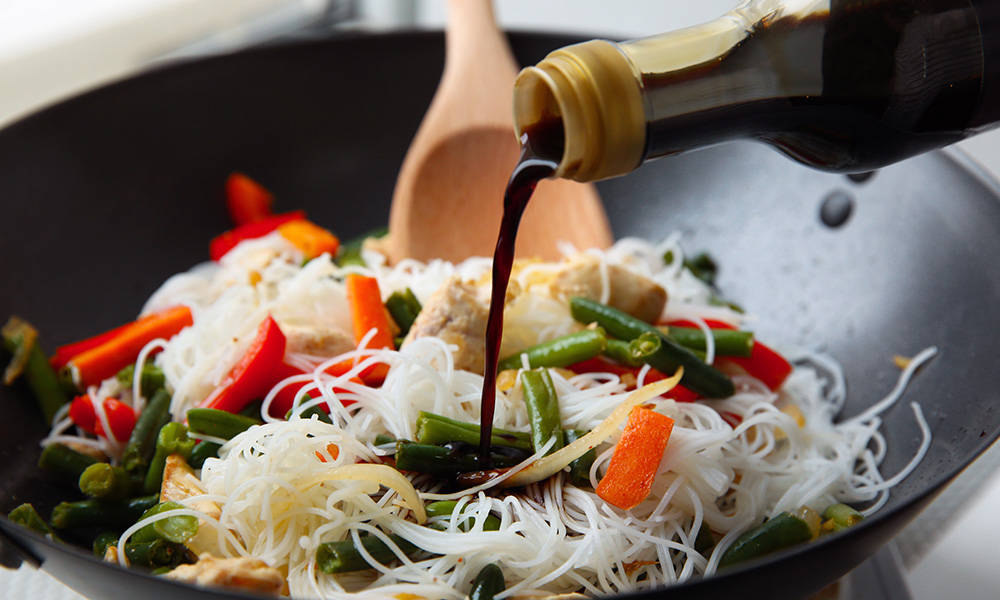Perk Up with 6 Tasteful Malaysian Drinks
Lighten your mood and rejuvenate your senses with 6 must-try Malaysian drinks!
Discover the authentic in Asian cuisine food

A fundamental part of Asian cuisine, soy sauce has spread out and is used to impart umami flavour in dishes all around the world. Learn how soy sauce evolved from an ancient Chinese paste to become one of the world’s favourite kitchen staples.

You might be surprised to learn that Australia’s first soy sauce was sold in Sydney way back in 1804. However, this 200+ year history is nothing compared to its Chinese record that dates back to the Western Han dynasty beginning in 206 B.C. Although if you went back in time, you wouldn’t recognise this early form of soy sauce—it was simply a paste made from fermented grains.
An evolution of the condiment that took it closer to the sauce we know today took place when a 7th century Japanese Zen priest studying in China took the paste and developed the recipe. He created a subtler and more appealing condiment by changing it to include wheat and soy in equal proportions.
Fast forward a thousand years, the first commercial soy sauce brewery in the world opened in Japan. At the brewery’s helm was the wife of a warlord, who had learnt how to brew while hiding out in a little village during the siege of her castle.

Modern soy sauce is made in two different ways—naturally brewed and non-brewed. The natural brewing process includes a fermentation process that can take between six months and three years, depending on where it’s made.
After fermentation, the mixture of water, wheat, salt and koji (a mould culture) is slowly pressed to make raw, unpasteurised soy sauce. Once the oil from the soybeans is removed, pasteurisation takes place, which stabilises the quality of the sauce and adjusts the colour, flavour and aroma.

Despite looking similar, soy sauces from different countries and regions vary in taste, consistency, fragrance and saltiness. It also comes in a range of colours and consistencies, from thick to thin, dark, light and white.
Length of fermentation combined with the ingredients used helps determine the colour and taste. For example, one of the thickest is kecap manis from Indonesia, which features black soybean, as well as palm sugar. This results in a rich, slightly smoky yet smooth and sweet soy sauce.
One of the darker coloured soy sauces is Japan’s koikuchi, while usukuchi is lighter in colour and shiro is white. The different shades are created depending on the ratio of soybeans to wheat with the more soybeans used, the darker the colour. This makes tamari soy sauce, which is made with 100% soybeans, the darkest. If you’re looking for a soy sauce with less salt, go for the darker ones.

To choose natural, tasty soy sauce, go for those with ‘naturally brewed’ on the label. If it’s naturally brewed, it will only include four basic ingredients—soybeans, wheat, salt and water. In contrast, you’ll find that sauces made using a shorter fermentation process or with chemicals include additives such as white sugar, corn syrup or MSG.

Lighten your mood and rejuvenate your senses with 6 must-try Malaysian drinks!

Pair your hearty barbecues with these refreshing Asian delights!

What are the properties of ginger, and how to pick, store and use ginger in your cooking? Find out here!